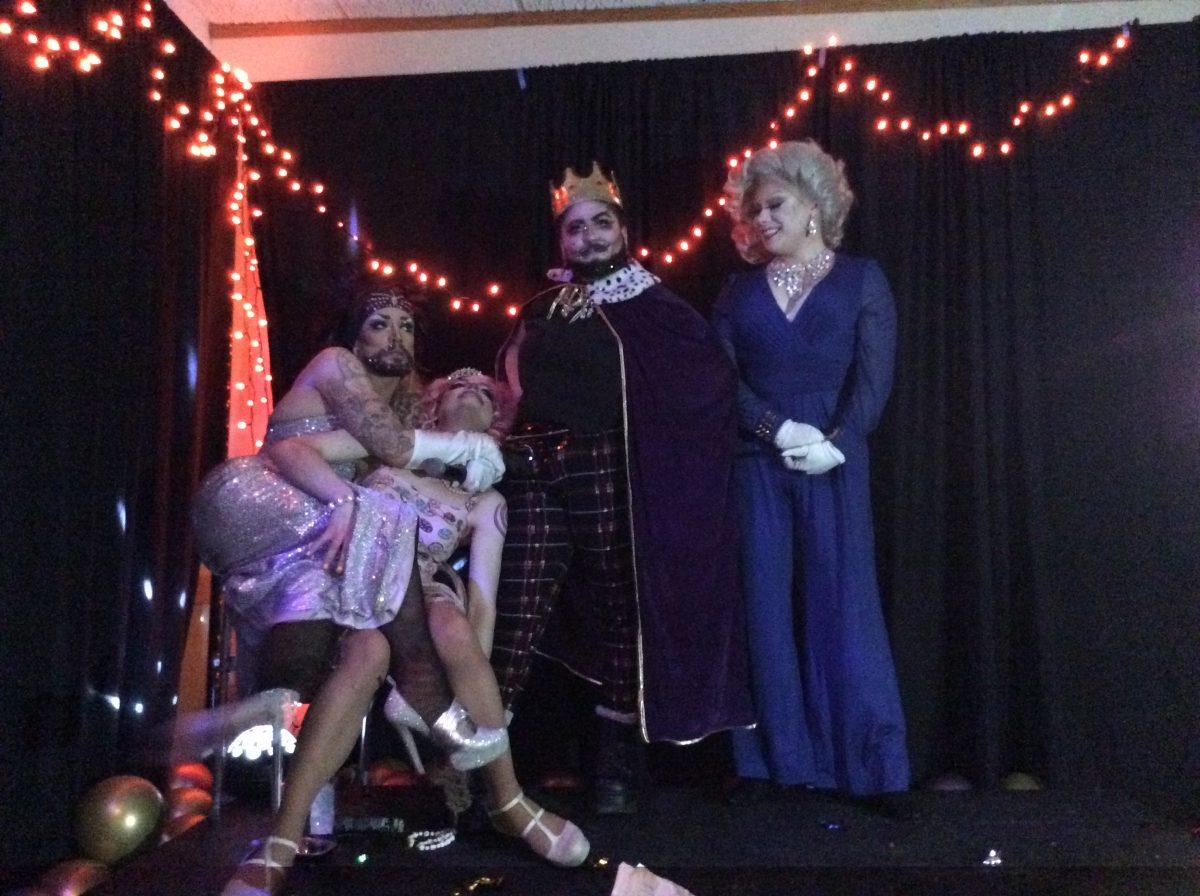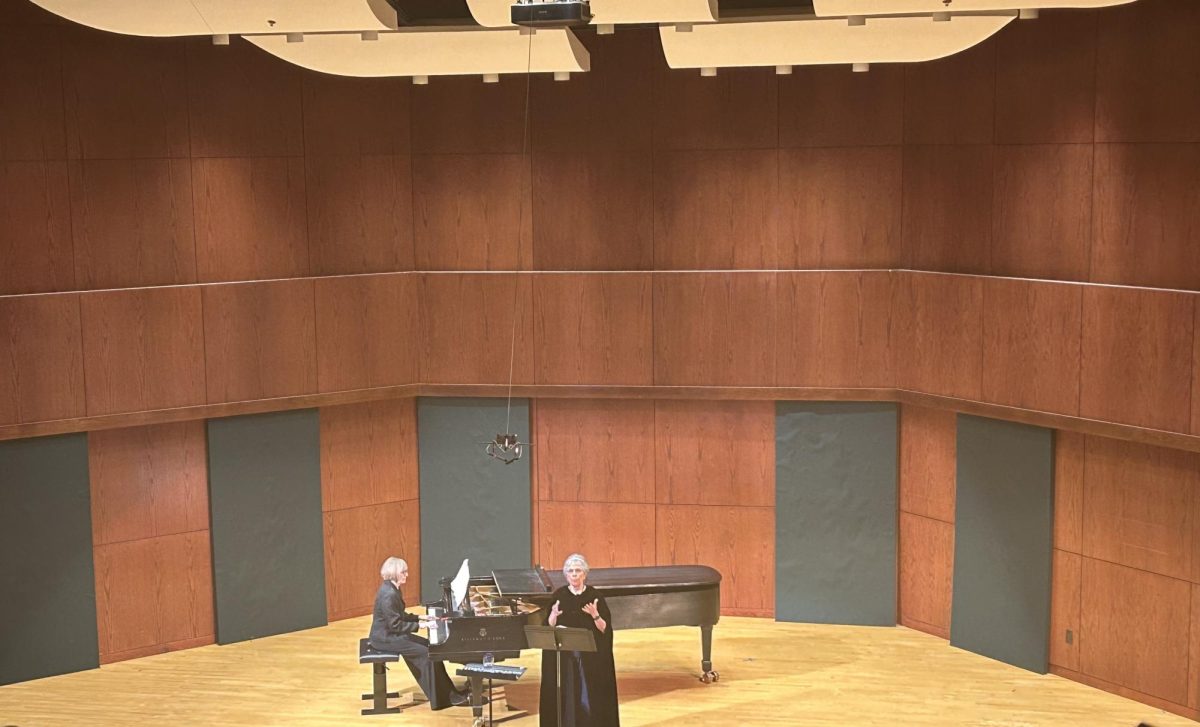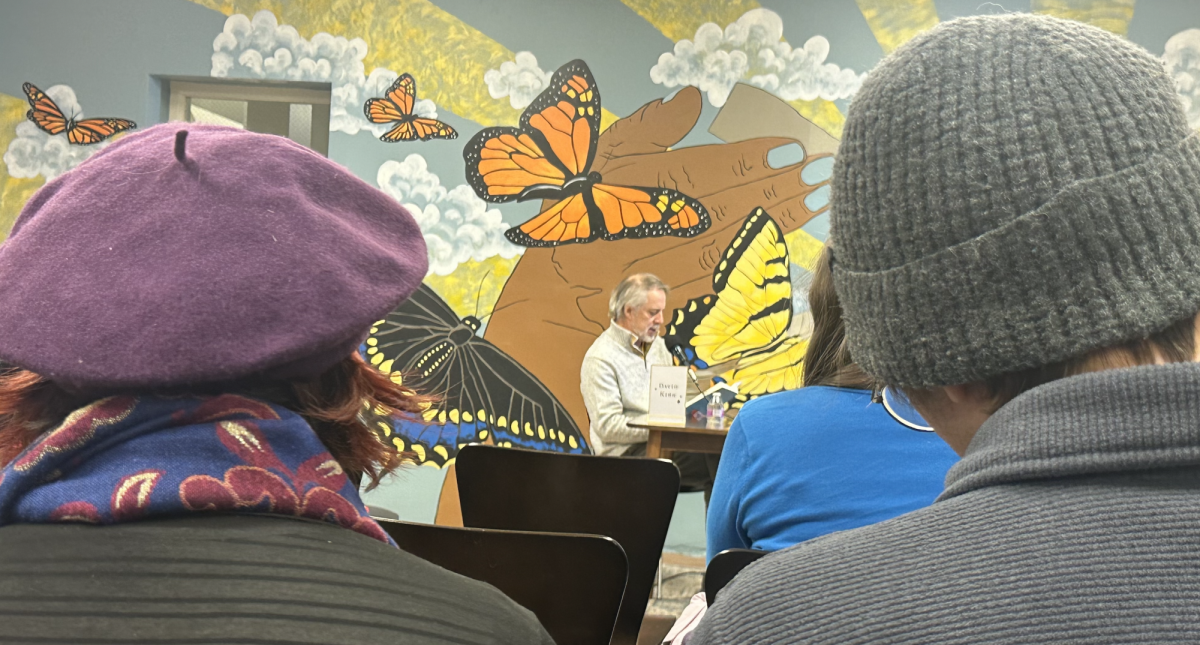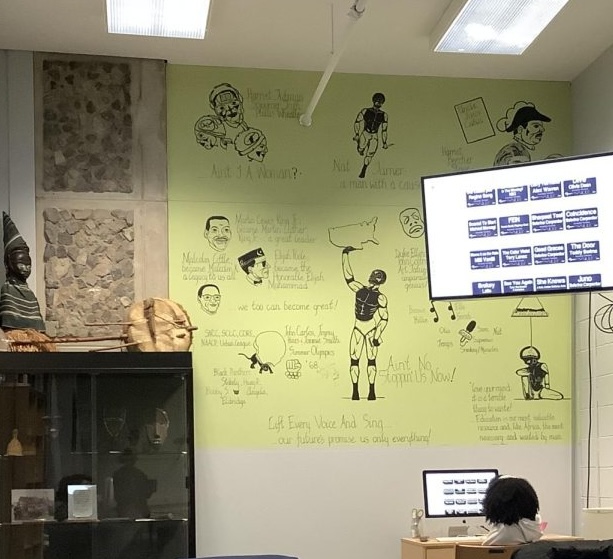
Purim commemorates the story of Queen Esther of Persia.
Explained in a piece from CNN, Esther, who was raised by her relative Mordechai, marries King Achashverosh of Persia and becomes queen. The king didn’t know she was Jewish, because Mordechai instructed her not to reveal her faith. Haman, an advisor to the King, hated Mordechai because she refused to bow down to him and in turn, planned to exterminate all the Jews in Persia. Mordechai convinced Esther to intercede on the Jews’ behalf. Haman was subsequently hanged, thus saving the Jewish people.
Ultimately, Purim is a celebration of Esther’s disguise and her ability to save the Jewish people. To honor the story, synagogues and Jewish community members began holding festivals where the faithful dressed up in costumes to retell the heroic tale. Many even dressed as the opposite sex.

“Today, the association between Purim and drag has been going on for many years. The LGBT community has really connected with Purim, more so, because of the messages and the story,” said Ithaca College Hillel staff member, Austin Reid. “I think many readers of the story would look at that [Esther’s story], especially within the process of coming out, and see parallels of maybe perhaps their own struggles to tell family members or them even figuring out what it meant to be gay, lesbian or bisexual.”
Sarah Chaneles, known on stage as Kitana Scofflaw, was one of the drag performers retelling the Purim tale. Chaneles is a drag king, a female performance artist who dresses in masculine drag. But for Chaneles, labels aren’t really a big deal.
“A lot of people haven’t ever heard of a drag king before, even people who love drag queens,” said Chaneles. “It’s really important, I think, to show those people that drag kings are a thing and are just as entertaining as drag queens, and can be just as sparkly as drag queens.”
Chaneles said she hopes more people understand that gender is a social construct– an idea that has been created and accepted by people in a society. Her powerful performance challenges the way people view what it means to be masculine or feminine.
“We create what we think gender is supposed to be. Gender isn’t real, and drag helps show that.”
– Sarah Chaneles, drag king
As the celebration winded down and the curtain closed, Reid reflected on the resilience of human beings and the spirit of coming together.
“It really shows, I think, the miraculous nature of even mundane things in our lives and how ordinary people can do extraordinary things.”


















